3 Steps to the Perfect Tub Surround
No matter whether you’re a shower person or a bath person, when it comes to the resale value of your home it’s important that there be at least one tub in the house.
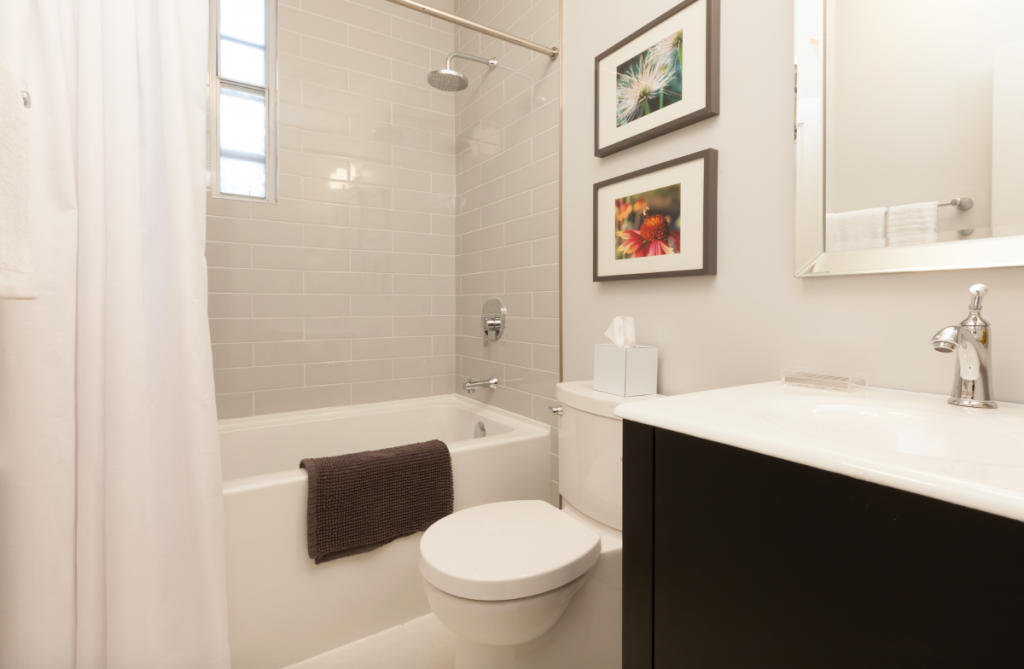
Despite some people opting to do away with tubs in favour of luxury showers, the most common thing I see in the homes I work on is the built-in shower/tub combo. They work for most households because they’re practical, they’re efficient, and they give you the option of taking either a long bath or a quick shower. Essentially, you get the best of both worlds. However, when you have one of these built-in shower/tub combos it’s imperative that you have a proper tub surround.
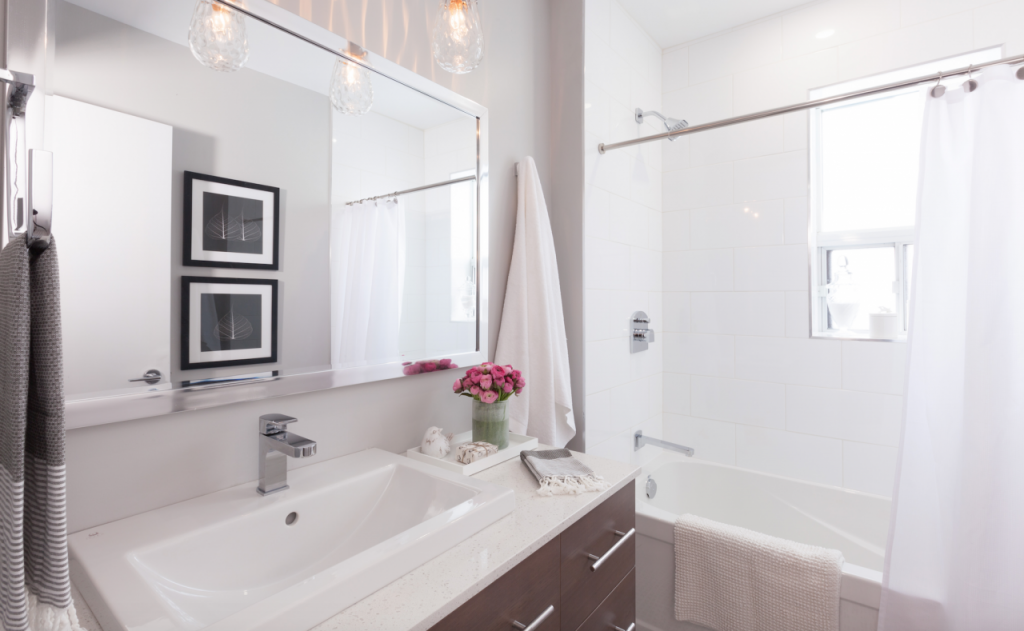
If you’re renovating your bathroom tub area here are three things you need to consider.
Waterproofing
In the bathroom, nothing is more important than waterproofing. Large amounts of water flow through the room every day, and you need to protect it. When it comes to the tub surround you need to ensure proper waterproofing behind the tile – and it must go at least as high as the showerhead. Remember, despite what some people may think, tile is not waterproof.

Behind every tub surround, I install Schluter Kerdi board and waterproofing materials. Without it, it’s possible that over time mould could develop and cause the tile to crumble. The best way to ensure I have what I need is by using their TUBKIT, which contains all the components necessary to create a fully waterproof and vapour-tight bathtub surround.
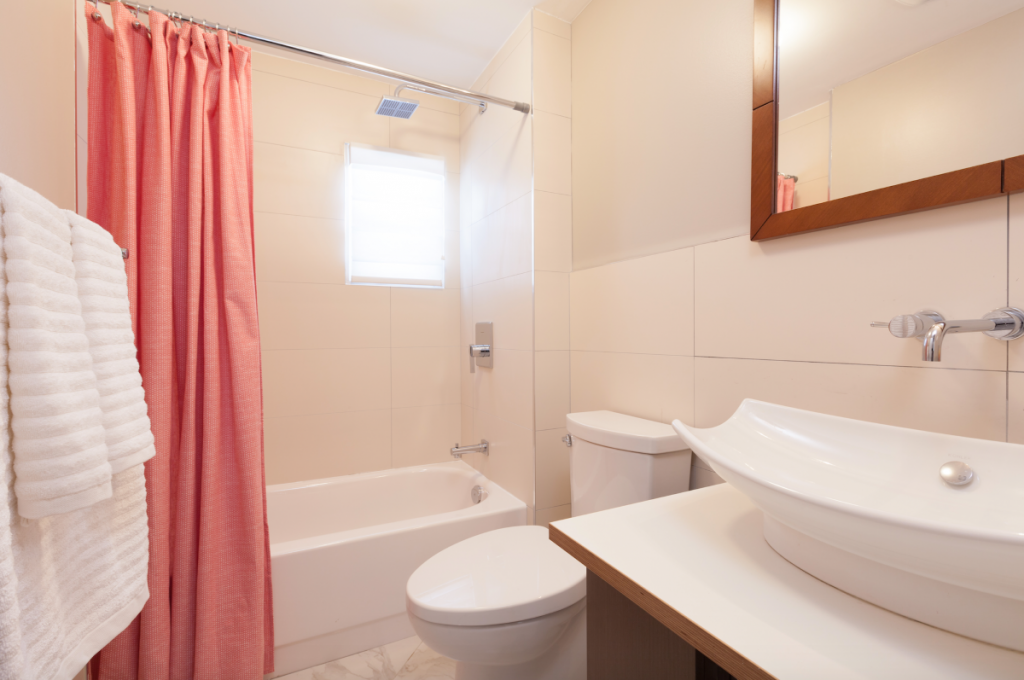
Storage
Next up is storage. Storage within the tub isn’t always at the top of people’s minds, but it should be. You need somewhere to hold things like shampoo and soap so that they’re easily accessible. Two things to consider are niches and shelves.
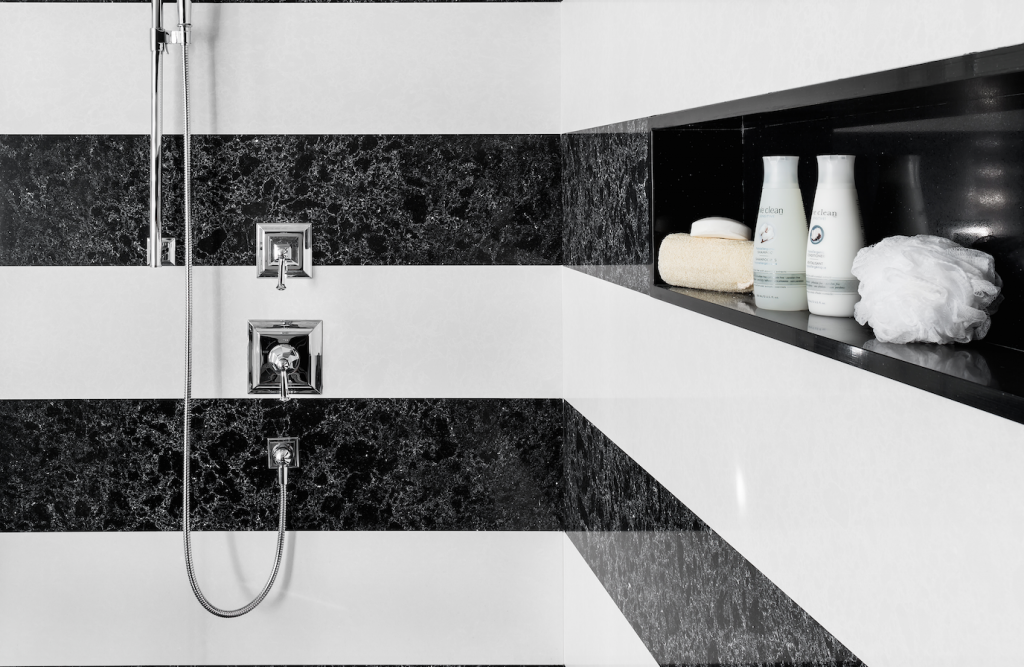
Every project is different, but whenever possible I install a recessed niche. I like that you can install them wherever you want within the surround area so that you don’t have to turn around, bend over or fiddle with shower curtains in order to reach the shampoo. I also like that Schluter has prefabricated shower niches that are fully sealed and integrate with the waterproofing tub kits I mentioned above. Once installed you can either use a matching or contrasting tile, depending on your style preference.
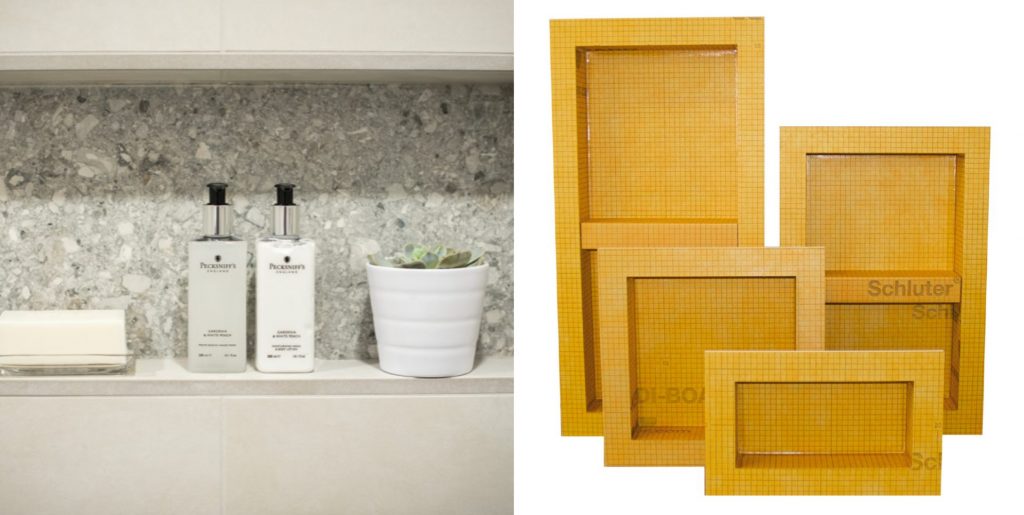
When niches aren’t an option, or if they’re not your design preference, shower shelves can be a great alternative. What I like about these stainless steel shelves is that they can be used in new showers and tub surrounds, or in retrofits. With retrofits, all you have to do is grind out some of the grout and use adhesive to keep them in place. Very solid and very sturdy.
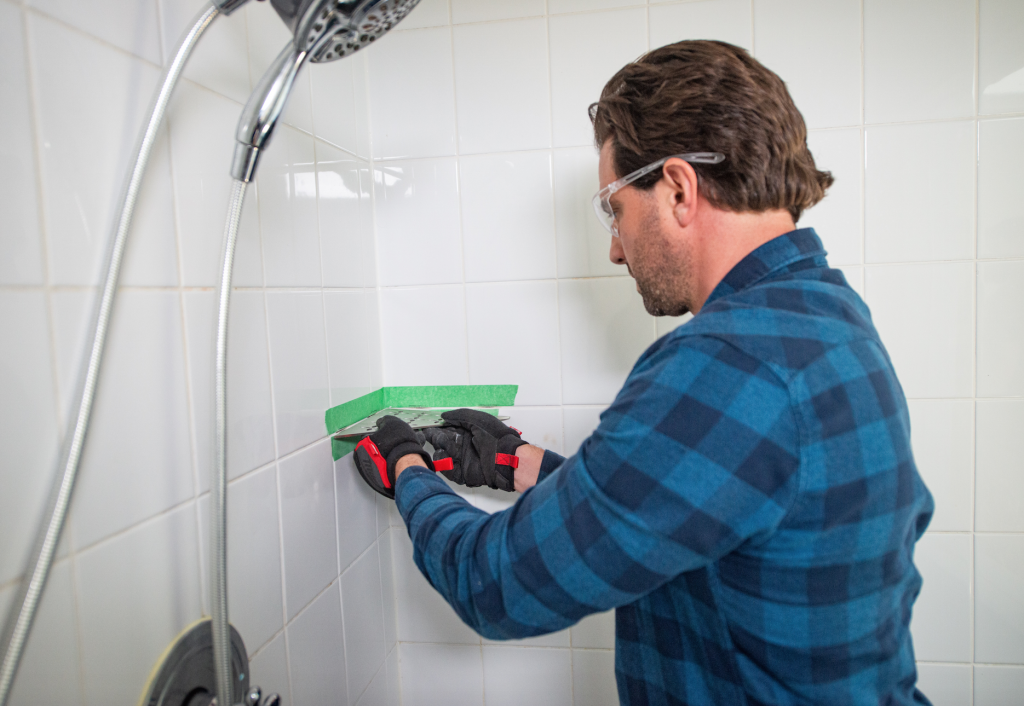
Style
Last, but definitely not least, is style. When choosing tile for a tub surround, I suggest sticking with neutral colours as they are what’s best for resale value – and tiling is not something you want to do too often. That said, there’s still room to add plenty of personality.
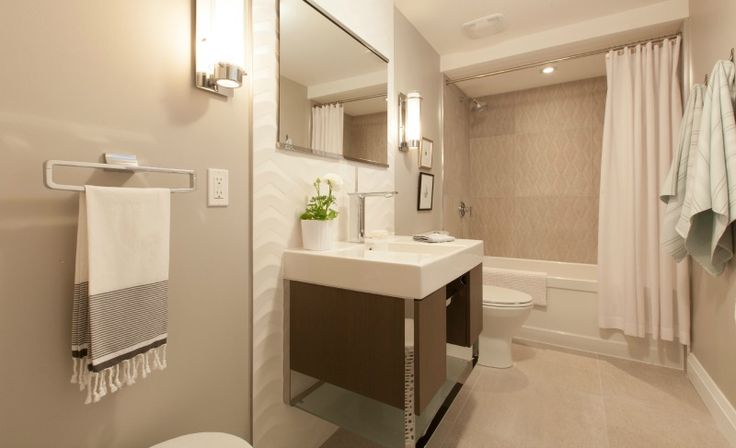
Don’t be afraid to use some different tile shapes and patterns, and remember also that grout plays a big design role. A white subway tile with dark grout looks significantly different than the same tile with a light grout.

If you want your tub and shower to look bigger I suggest tiling all the way to the ceiling and sticking with one pattern the entire way up. This is something I often do in small bathrooms or in basement bathrooms where light is limited.
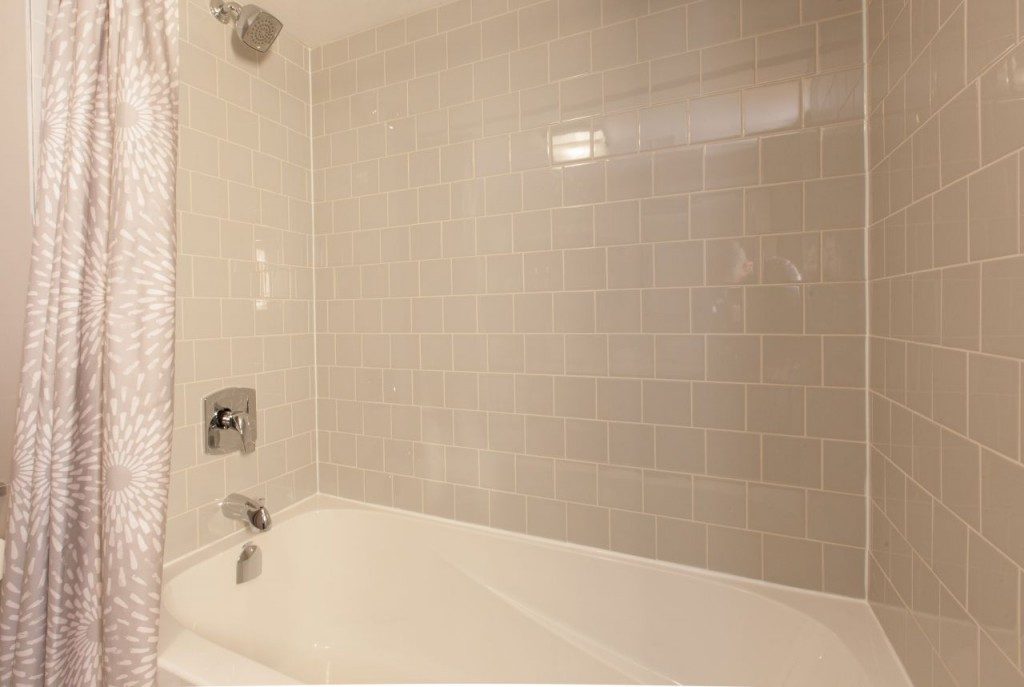
The tub surround is an important part of any bathroom construction. When planning your bathroom renovation make sure to consider these three important factors before you start.
For more information about Schluter waterproofing products, visit Schluter.ca.
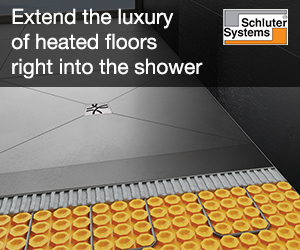

Comments